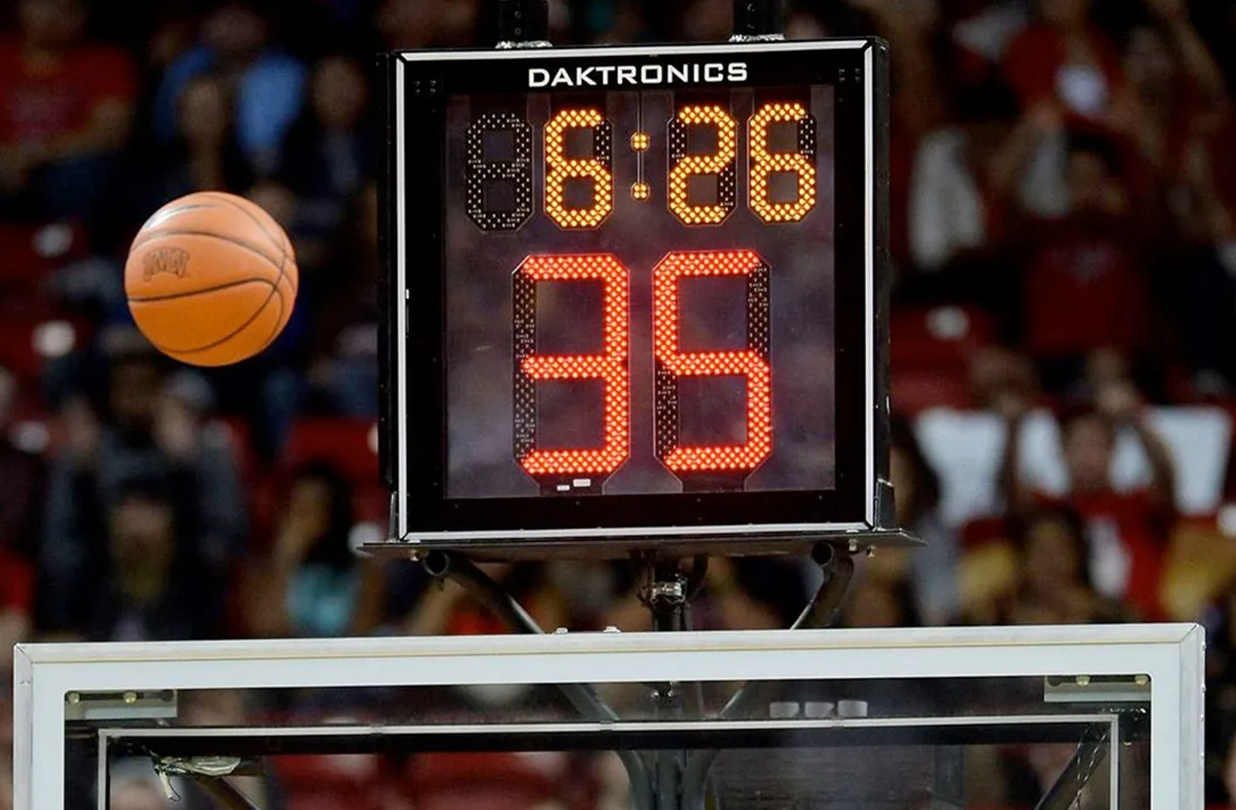Volleyball is a popular team sport that requires skill, strategy, and cooperation. Understanding the basic rules and regulations is essential for players, coaches, and enthusiasts to fully enjoy and appreciate the game. Below is an overview of the key rules and regulations in volleyball.
Objective of the Game
The main objective of volleyball is to score points by sending the ball over the net and into the opponent’s court in such a way that they are unable to return it or prevent it from touching their court.
Teams and Players
- Each team consists of six players on the court.
- Teams can have additional players as substitutes.
- Positions on the court include three front-row players and three back-row players.
Scoring System
- Volleyball uses the rally scoring system where a point is scored on every serve, regardless of which team serves.
- A match is typically played in a best-of-five sets format.
- To win a set, a team must score 25 points with at least a 2-point lead.
- If the match reaches a fifth set, it is played to 15 points, again with a 2-point lead required.
Court Dimensions and Net Height
- The court measures 18 meters long and 9 meters wide, divided into two equal halves by a net.
- The net height is 2.43 meters for men and 2.24 meters for women.
- A 3-meter line (also known as the attack line) separates the front and back zones on each side of the court.
Serving Rules
- The serve must be made from behind the end line and can be executed underhand or overhand.
- The ball must cross the net without touching it (though in some leagues, a serve that touches the net and lands in the opponent’s court is allowed).
- The receiving team must not block or attack a serve.
Playing the Ball
- Each team is allowed a maximum of three touches to return the ball to the opponent’s court.
- A player cannot hit the ball twice consecutively (except during a block or the first touch).
- The ball can be played with any part of the body.
Rotations and Positions
- Teams rotate in a clockwise direction each time they win the serve.
- Players must adhere to their rotational positions at the time of the serve but can move freely after the serve.
Fouls and Violations
- Common violations include:
- Net Touch: Touching the net during play.
- Foot Fault: Stepping over the end line while serving.
- Double Hit: A player hits the ball twice consecutively.
- Four Hits: A team exceeds three touches.
- Back-Row Attack: A back-row player attacks the ball above the net from in front of the 3-meter line.
Timeouts and Substitutions
- Each team is allowed a limited number of timeouts per set, typically two.
- Substitutions are allowed, but the number may be restricted depending on the league’s rules.
Officials and Their Roles
- Matches are officiated by a referee, umpire, scorer, and line judges.
- The referee has the final authority on decisions and ensures the game is played according to the rules.
Fair Play and Sportsmanship
- Players are expected to show respect to officials, opponents, and teammates.
- Unsportsmanlike conduct can result in warnings, penalties, or disqualification.
Understanding these rules and regulations not only helps players perform better but also enhances the overall enjoyment of the game for everyone involved. Whether you’re a beginner or an experienced player, adhering to these rules ensures fair play and a competitive spirit.






